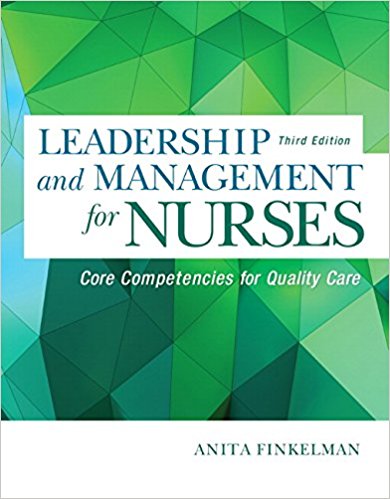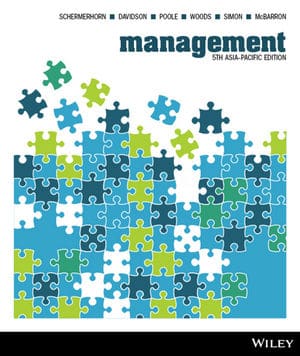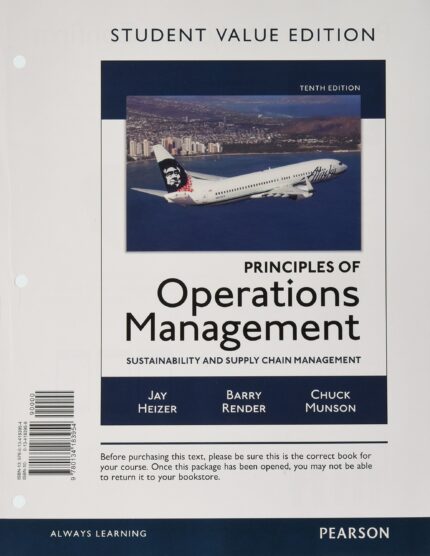Managing Operations Across the Supply Chain 2nd Edition By Swink – Test Bank
Chapter 03
Managing Processes and Capacity
Multiple Choice Questions
|
1. |
Process thinking causes managers to address critical process elements, including: A. Activities. B. Inputs and outputs. C. Flows, structure, resources, and metrics. D. All of these. |
|
2. |
Which of the following is NOT a basic activity type in processes? A. Delay B. Operation C. Reporting D. Storage E. Decision |
|
3. |
You walk into a hair stylist shop. All stylists are busy and you sit in the waiting area. You are in which of the following process activities? A. Operation B. Delay C. Storage D. You are not in a process activity. |
|
4. |
Most processes involve two basic types of flows: A. Information flows and physical flows. B. Product flows and decision flows. C. Information flows and operator flows. D. Physical flows and documentation flows. |
|
5. |
A manager is currently unhappy with the capabilities of a particular process and wants to improve its capabilities. To accomplish this, the manager needs to focus on the process: A. Inputs, outputs, and flows. B. Activities. C. Management metrics. D. Structure. |
|
6. |
Joe Jones, plant manager at Waco Industries, told a friend that if it was necessary, his plant could produce 1,000 items a day if all conditions were just right. Joe is describing his plants: A. Effective capacity. B. Yield rate. C. Utilization. D. Maximum capacity. |
|
7. |
Adam Smith described his company’s process as follows: “Under ideal conditions, we can produce 10,000 units a day. However, our normal production is 6,000 units a day. A. Utilization is 60 percent of maximum capacity. B. Yield is 133 percent of effective capacity. C. Utilization was 133 percent of effective capacity. D. All of these are true. |
|
8. |
The following sequence shows four operations for a computer chip assembly process and the effective capacity of each. Which step is the bottleneck? Step 1: 500 chips/hour A. Step 1 B. Step 2 C. Step 3 D. Step 4 |
|
9. |
The following sequence shows four operations for a computer chip assembly process and the effective capacity of each. Step 1: 500 chips/hour Suppose the utilization is 70 percent of effective capacity. What is the actual output of the process? A. 140 chips/hour B. 350 chips/hour C. 175 chips/hour D. 200 chips/hour |
|
10. |
A bottleneck activity in a process is generally the activity with: A. The smallest number of resources devoted to it. B. The least capacity. C. No delays in front of it. D. The highest cost. |














Reviews
There are no reviews yet.